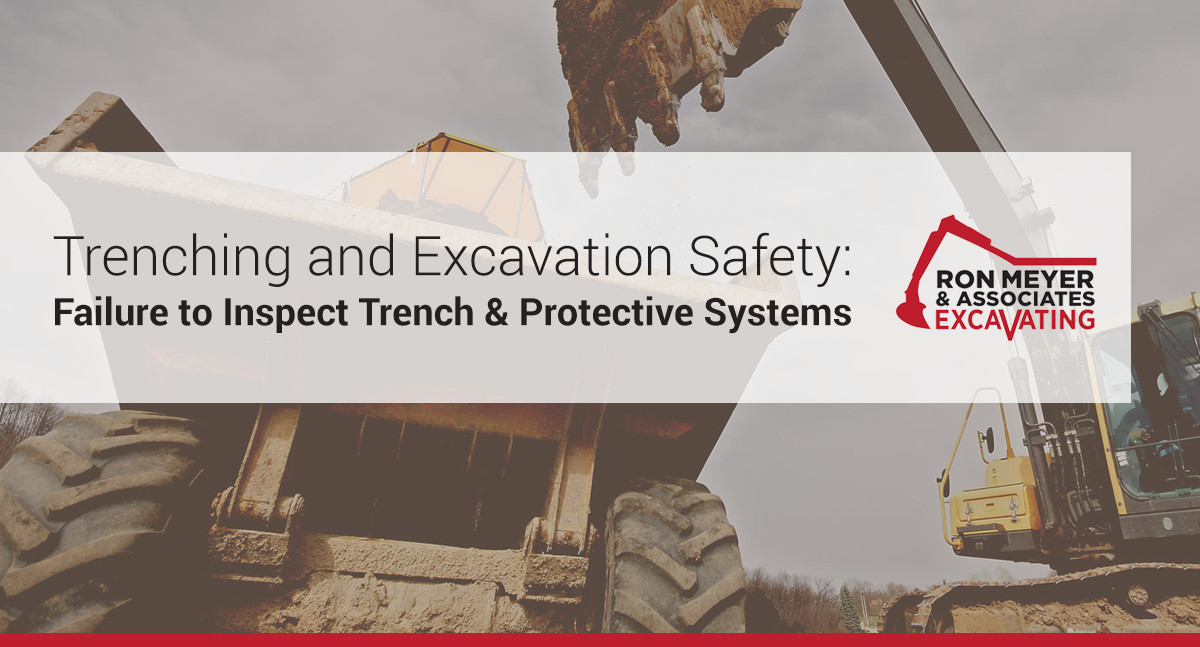
Cave-ins are perhaps the most feared trenching hazard. But other potentially fatal hazards exist, including asphyxiation due to lack of oxygen in a confined space, inhalation of toxic fumes, drowning, etc. Electrocution or explosions can occur when workers contact underground utilities.
OSHA requires that workers in trenches and excavations be protected, and that safety and health programs address the variety of hazards they face.
Am I In Danger?
If trenches and excavations at your site are not inspected daily for evidence of possible cave-ins, hazardous atmospheres, failure of protective systems, or other unsafe conditions, you are in danger.
How Do I Avoid Hazards?
Inspect excavations:
- Before construction begins.
- Daily before each shift.
- As needed throughout the shift.
- Following rainstorms or other hazard-increasing events (such as a vehicle or other equipment approaching the edge of an excavation).
Inspections must be conducted by a competent person who:
- Has training in soil analysis.
- Has training in the use of protective systems.
- Is knowledgeable about the OSHA requirements.
- Has authority to immediately eliminate hazards.
To help evaluate different protection systems and identify the warning signs of excavation failure see the Guide for Daily Inspection of Trenches and Excavations. (You can also save & print a PDF version here.)
At Ron Meyer & Associate Excavating, Inc, we’ve been providing underground and commercial construction to private and commercial businesses for 39 years. As the general contractor or subcontractor, our experienced foremen, equipment operators, pipe layers, truck drivers and well-maintained equipment fleet make us an undeniable choice for your excavating services. Let’s talk about your project!
Additional Information:
- 29 CFR 1926 Subpart P, Excavations. OSHA Standard.
- 1926.651 Specific excavation requirements
- 1926.651(k), Inspections
- 1926.651 Specific excavation requirements
Sources:

As 45 years of experience as an underground/site contactor and a third generation contractor, Ron takes time to go through each individual project with the supervisor and is responsible for all scheduling and equipment logistics. He’s also involved in all troubleshooting for projects.